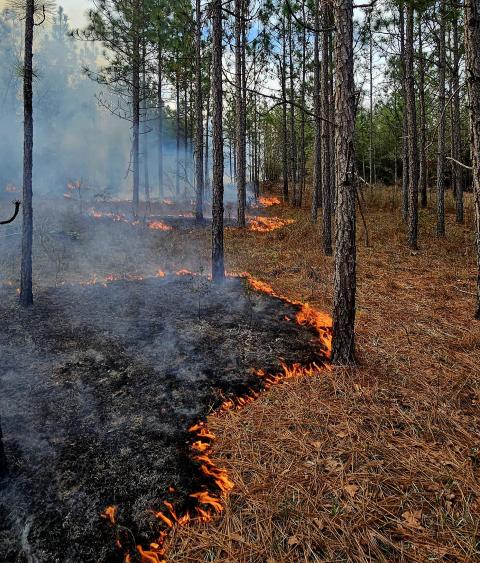Conservation Brief
White-nosed Syndrome Detected in Wyoming Bats
The Wyoming Game and Fish Department announced on June 1 that the fungus that causes white-nosed syndrome, Pseudogymnoascus destructans (Pd), was detected on a little brown bat from Fort Laramie National Historic Site. This the first detection of the fungus in the state and it was found during proactive testing that is ongoing at the site. Though presence of the fungus does not mean the bat has white-nosed syndrome, tissue samples from bats at the site are being tested to determine if they have the disease.
“This detection reveals that Pd is moving even further into the ranges of western bat species,” said Jeremy Coleman, National White-nose Syndrome Coordinator for the U.S. Fish and Wildlife Service. “This is why our ongoing efforts to develop treatments and management strategies to improve survival of affected bats are increasingly important.”
Wyoming and a number of other western states have begun to implement measures to try and reduce the spread of the fungus to bats in the western U.S. According to the release:
“State and federal agencies throughout the West need the help of outdoors enthusiasts to slow the spread of white-nose syndrome. The best way is to stay out of closed caves and mines, and to decontaminate hiking and caving boots and gear before and after visiting or touring caves and other places where bats live. If you see a sick or dead bat, report it to park rangers or state biologists but do not handle. Climbers and cavers who have used gear or clothing in WNS-infected areas should not re-use them in areas not already known to have Pd fungus. (National decontamination guidance is available online). Finally, before packing for home, check canopies, umbrellas and other outdoor items for bats that may have roosted in a nook or cranny.”
A recent video has also been developed to encourage outdoor enthusiasts help in the detection of the disease as well as proactively work to reduce the spread of white-nosed syndrome.



